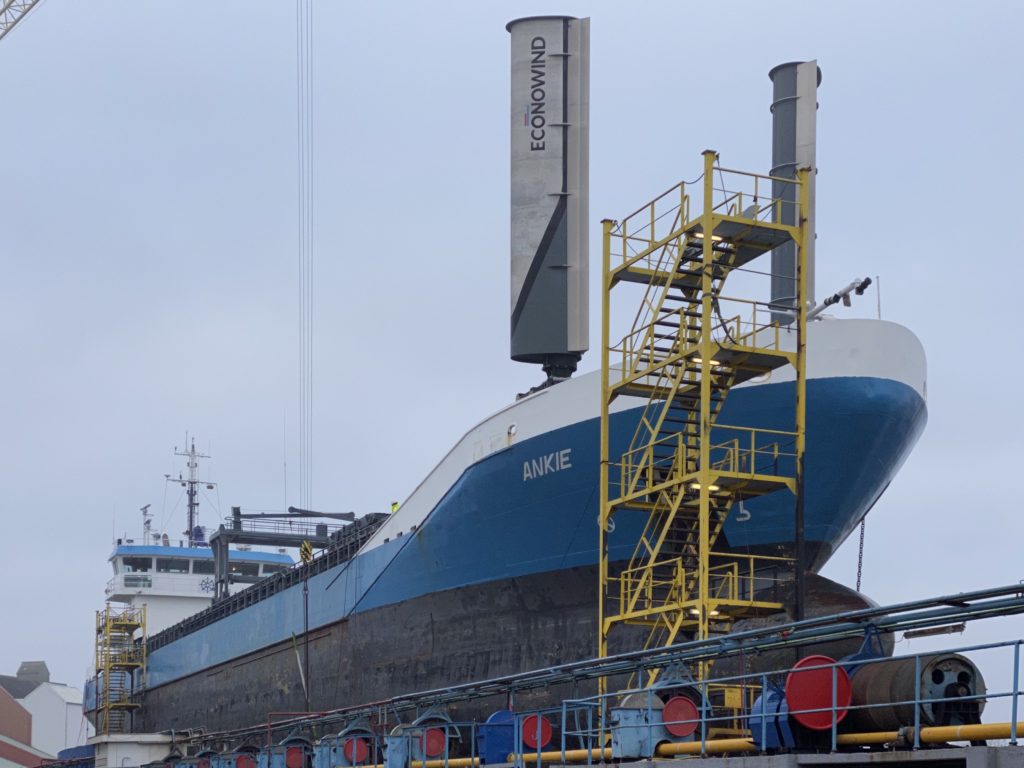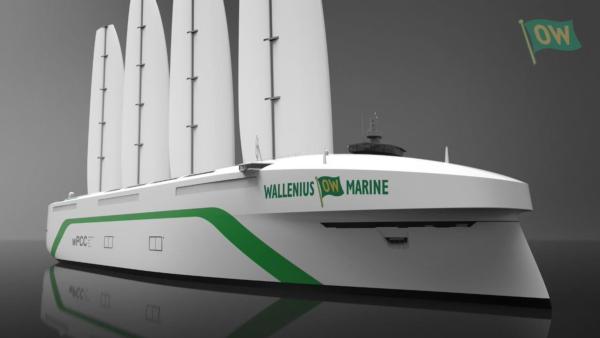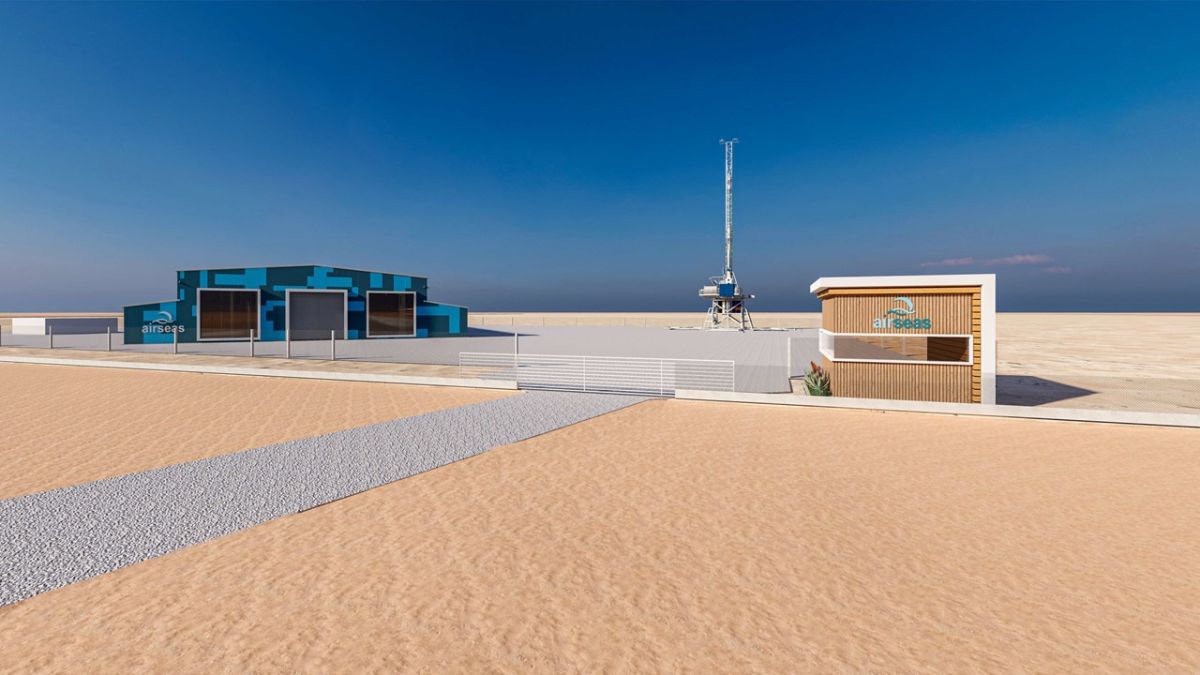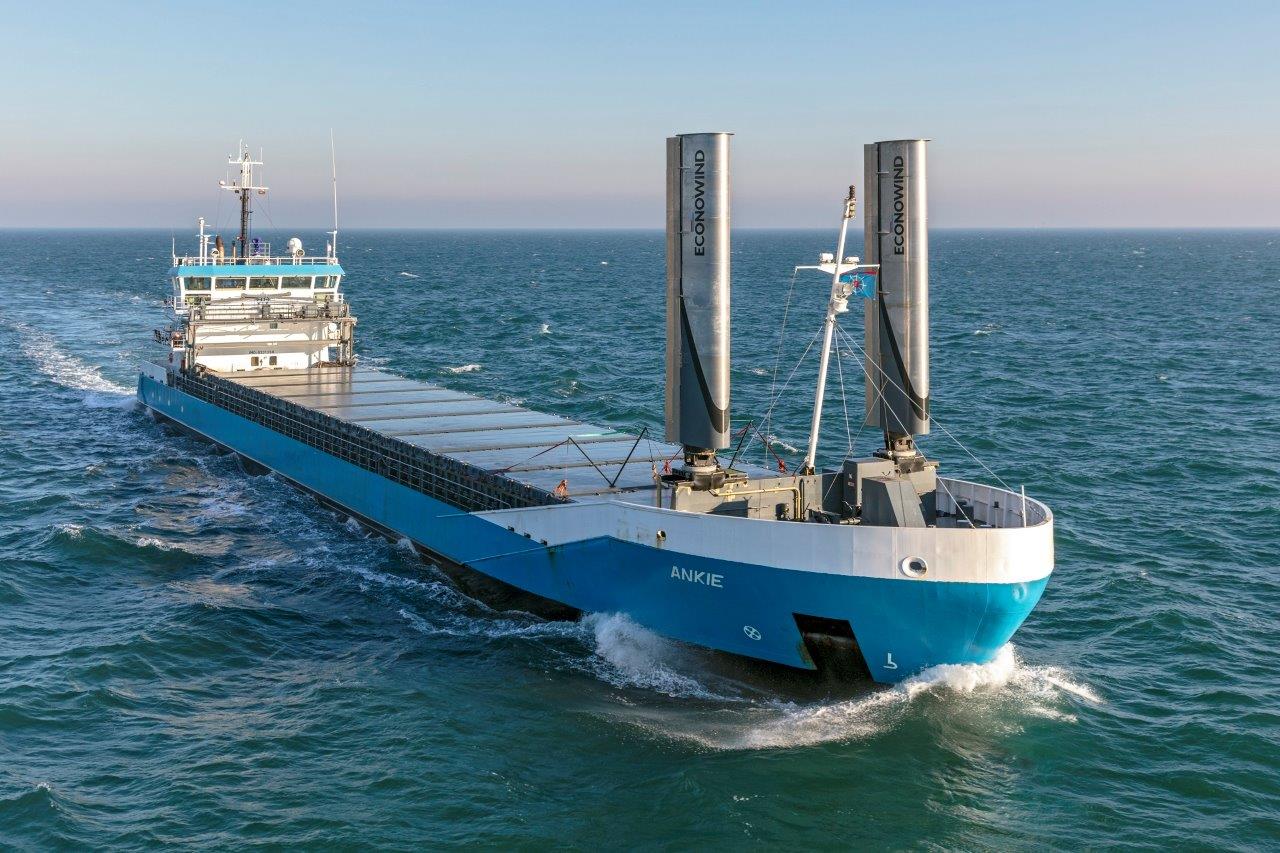A paper has been submitted to the International Maritime Organization to try and push interest in wind-powered technologies for shipping.
It has been submitted by the Comoros Islands, one of the members of the alliance of Small Island States that are at risk due to potential risking sea levels associated with climate change. The purpose of the paper is to raise awareness of ongoing projects that have been launched to investigate how shipping can once again return to an age of wind-powered trade.
It also includes reference to the European WASP and WISP (Wind Assisted Ship Propulsion) Projects – two separate activities with similar names, but slightly different acronyms as well as the work of the International Windship Association which has been active in bringing together the various technology firms, projects and supporters of wind assisted or wind-powered propulsion.
Key points include: The UK Clean Maritime Plan’s assessment that the market for wind propulsion systems is estimated to grow from £300m in the early 2020-s to £2bn by 2050.
The report also lists a growing number (more than 20) of commercial vessels currently using, trialed with, or about to use rotors, hard or soft sails, suction wings or kites.
The paper can be accessed here from the ISWA website:
Also recently in the news
eConowind’s Ventfoil gets permanent installation

Wallenius Marines wPCC life size model being built

On a larger scale, Wallenius Marine revealed more details of its plans to install rigid wings on a car carrier newbuild in about two years. It includes plans to build a scale model and sail it in Sweden’s archipelago this summer.
Talking at a Swedish shipping seminar recently Wallenius Marine Chief Operating Officer Per Tunell said the project will see wings of up to 80 meters installed on a specially designed newbuilding that will be likely to be operational in the North Atlantic Trade. The vessel will be able to sail exclusively by sail for the majority of its ocean voyage.
Wallenius has teamed up Stockholm’s Royal Institute of Technology and the ship design and test group SSPA for the project, with funding from the Swedish Transport Administration. They are currently building a scale model for testing in the capital city’s archipelago this summer.
The vertical wingsails on the windpowered car carrier being developed with Sweden’s Wallenius Marine cold be up to 80 meters high above the deck (up to 100 m above the water line).
With the ships freeboard height between waterline and top deck it could mean that the tip of these huge contractions will reach 100 m, which is about twice the height of the last great sailing ships of the world, the tea clippers of the 18th century.
To get an impression head to Greenwich on the southside of the Thames and look at the rigging of the Cutty Sark, then double it.
The current tallest ship, the Royal Clipper, a five masted sailing cruise vessel has a mast height of 60 meters, (197 feet)
SSPA made this speech during Donsö Shipping week about the vessel design.

































